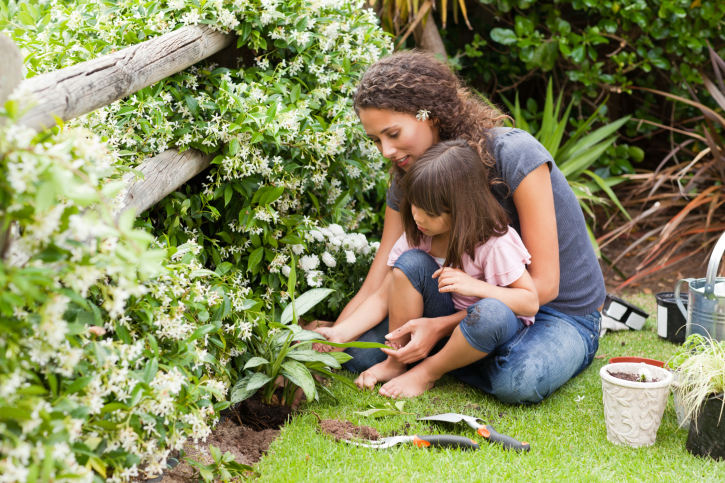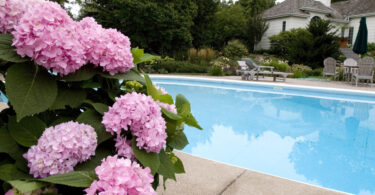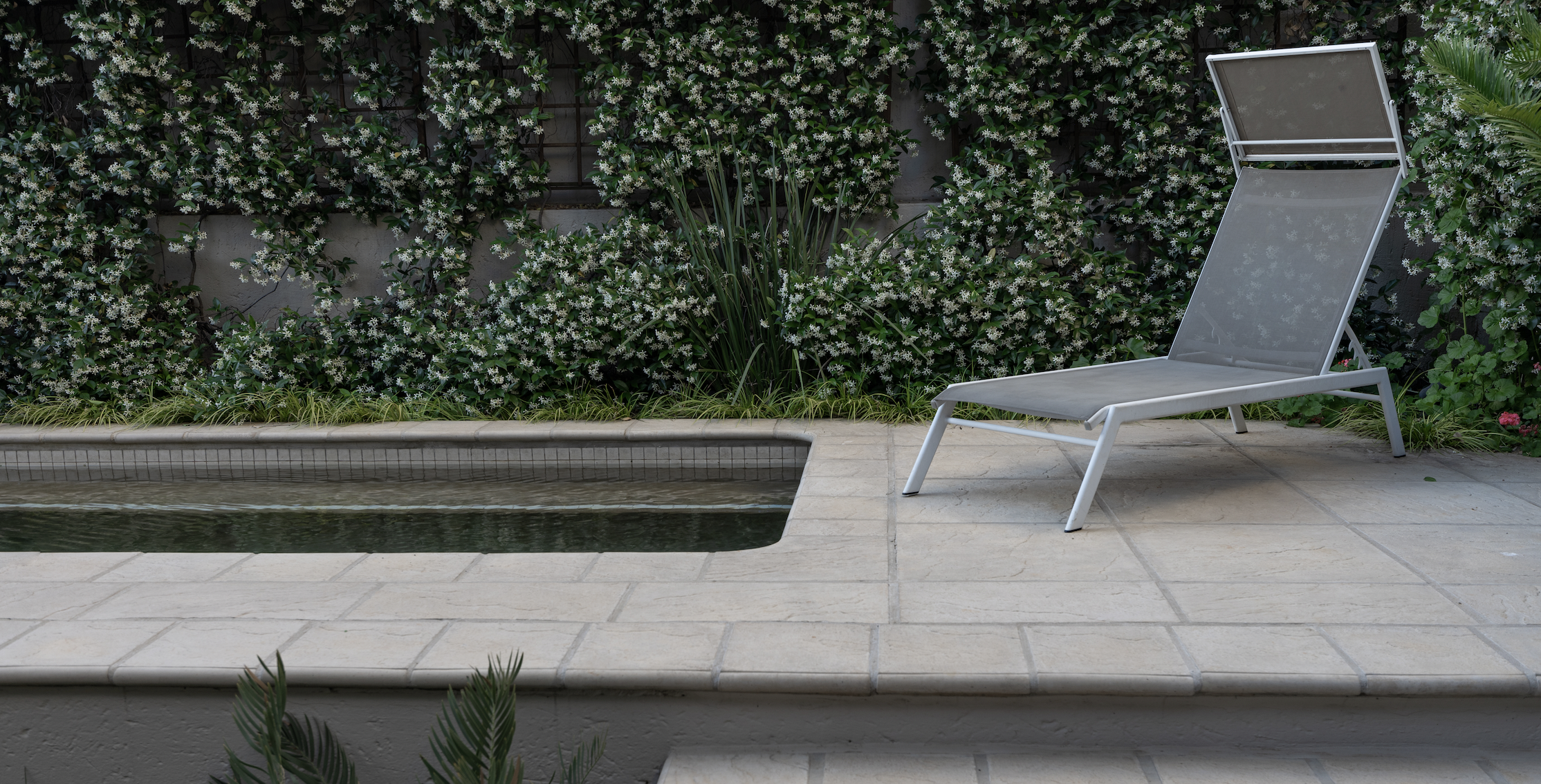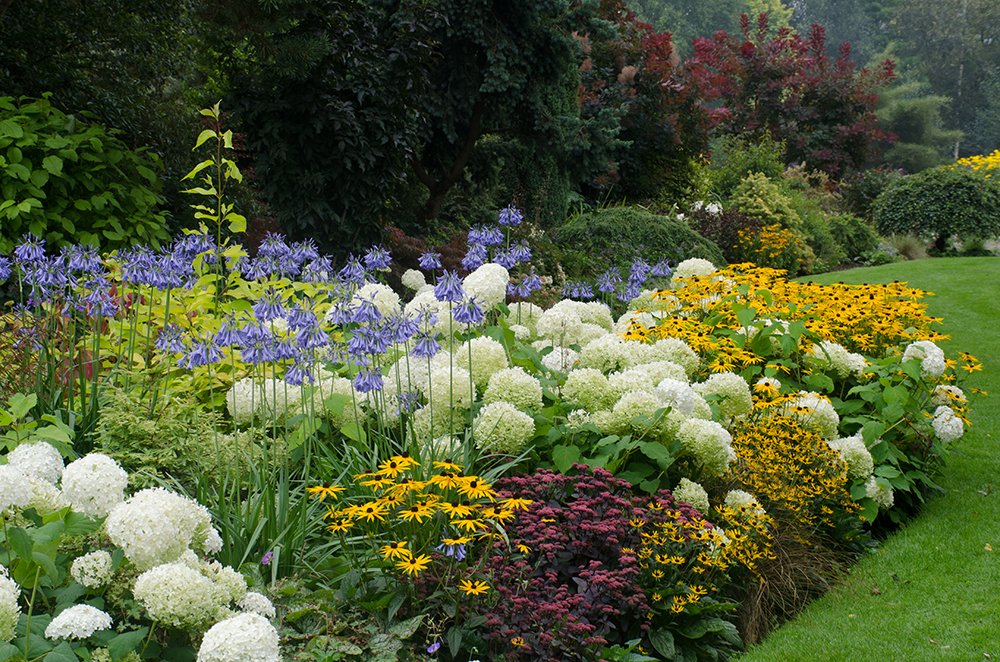There’s nothing quite like that experience of seeing the first trace of greenery popping out of the soil weeks after having planted seeds. It’s a feeling that children will treasure forever, so help them make the most of this first-time gardening encounter.
Why it’s important
Allowing children to sow their own seeds teaches them about the cycle of life and instills in them a sense of environmental awareness. It also gives them an opportunity to take ownership of something that they will have to care and nurture in order for it to succeed. This makes it a great way to build self-esteem.
What you’ll need
- Packets of seeds (consider peas, lettuce and radishes for their edible rewards and quick sprouting time – don’t test your children’s patience too much! Sunflowers are also a great beginner lesson.)
- Pots with drainage holes (and trays if being used indoors)
- Potting soil
- Ice-cream sticks and permanent marker
What to do
Fill the pots with potting soil, until about a centimeter from the top to allow for watering. Make holes in the soil with your finger where you will place each seed. Let these be about a centimeter deep, and spaced according to instructions on the seed packet. Keep like seeds together in the same pot. Pop a seed into each hole and cover it with soil. Then water it with a mister, so that the soil is moist three centimeters deep and place the pot in a spot that receives good sunlight – windowsills are best. Make markers with ice-cream sticks, writing the name of each plant, and sticking these into the pots for your children to remember what they’ve sown.
How to care
Make sure your children understand the essential needs of their seeds – that without sunlight and water, they will no grow. Let it be their responsibility to water the soil whenever they feel it losing its dampness (probably every second day).
When to transplant
Once the seeds have sprouted, give the plant about 10 days to grow before transplanting it into your garden if that’s what you intend to do. Pumpkins are a great way to see the full potential of a seed because when these germinating plants are transplanted into a garden, they’ll branch out and creep along the soil to maximise their growth. There’s nothing more fun for children than to see something as small as a seed turn into Cinderella’s carriage.
For more information on bringing life to your garden, visit the Life is a Garden website or join the conversation on their Facebook page.










Leave a Comment